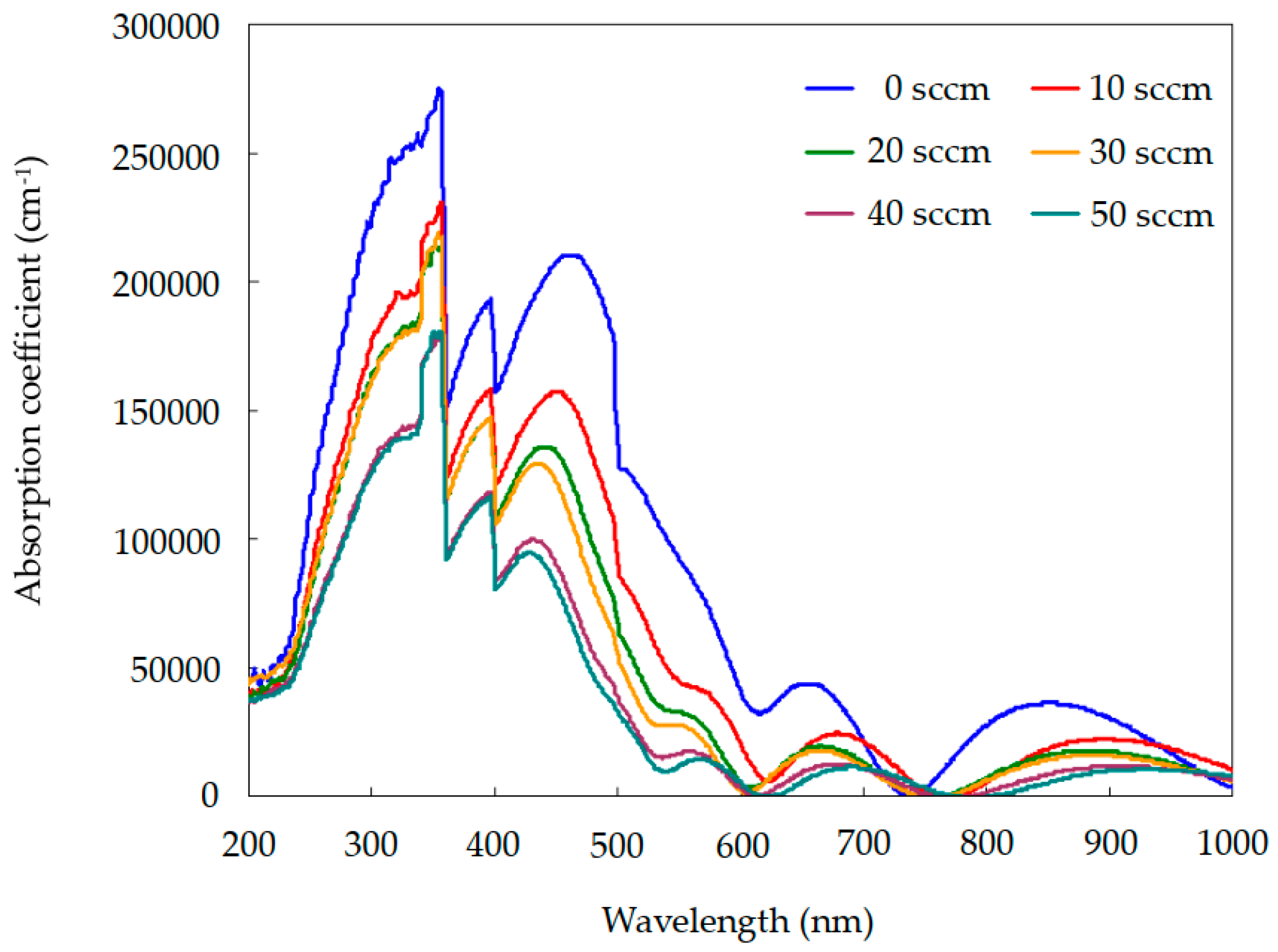

Note: For linearity to ~100mW, use the 8ND package with 20x neutral density filter in cap. Focusing optics may be added for increased light collection. When low noise is critical, the smallest detector acceptable for the application should be selected. Active Area: Larger active areas have lower shunt resistance RD (Fig. The data can be applied to Figure 9 to estimate RD for detector temperatures from -40 to +60☌.Ģ. Shunt resistance data at 25☌ is listed on the specification table. Detector Temperature: Cooling the detector reduces dark current and increases the shunt resistance RD (Fig. Two key factors to consider when selecting a Judson Ge detector areĭetector operating temperature and detector active area.ġ. When the detector is reverse biased and used in the high-speed circuit of Figure 6, the predominant dark current is a function of the applied bias voltage (Fig. High shunt resistance detectors will result in lowest overall DC "dark current." Preamp selection is also important for higher shunt impedance detectors, choose a preamp with low bias current for lower shunt impedance detectors, choose a preamp with low offset voltage (Fig. This total "dark current" is: Total ID = Ib + (Vos / RD) It is a function of the preamp input bias current Ib, the preamp input offset voltage Vos, and the detector shunt resistance RD. Shunt Resistance and Dark Current: When the detector is used in the basic circuit of Figure 5, an undesirable DC offset current, or "dark current," will be produced. Reverse biasing the detector significantly reduces junction capacitance for faster pulse response however, the dark currents and low-frequency noise are increased. For high frequency applications, the detector may be reverse biased and terminated into a low impedance load (Fig. Preamp recommendations are included with the detector specifications. Judson has a complete line of preamps designed to match each detector type and application.

Selection of the proper op-amp is important, as the wrong choice can add excess preamp noise or limit system bandwidth. The feedback circuit converts the detector output current to a voltage, while the op-amp maintains the detector near zero-volt bias for lowest noise (see "Shunt Resistance and Dark Current"). The recommended operating circuit for most applications is an operational amplifier in a negative-feedback transimpedance configuration (Fig. Uniformity of response within the active region of a room-temperature Ge detector is typically better than ± 1% at 1300 nm. 3 and 4).įor example, at 1.2 µm the change in response of a room temperature detector is less than 0.1% per ☌, while at 1.7 µm the change is approximately 1.5% per ☌ (Fig. Temperature changes have little effect on the detector responsivity at wavelengths below the peak, but can be important at the longer wavelengths (Figs. The responsivity (Amps/Watt) is a function of wavelength and detector temperature (Fig. For applications where temperature stability of response is important near the cutoff, thermoelectrically cooled detectors are available.Ī Ge photodiode generates a current across the p-n or p-i-n junction when photons of sufficient energy are absorbed within the active region.
Silicon cut off wavelength series#
J16 Series detectors are high-quality Germanium photodiodes designed for the 800 to 1800nm wavelength range.
Silicon cut off wavelength pdf#
Germanium Short Form Catalog in PDF Format


 0 kommentar(er)
0 kommentar(er)
